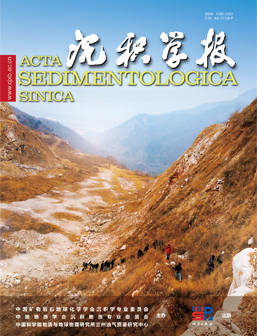Discovery and Significance of fossils from the Lower Cambrian Qiongzhusi Formation in the Luquan area of central Yunnan
doi: 10.14027/j.issn.1000-0550.2024.033
- Received Date: 2023-11-16
- Available Online: 2024-04-07
Abstract: Recently, through a comprehensive and systematic investigation of paleontological fossils, the author and his team discovered abundant macrobiotic fossils in the dark gray silty shale of the lower black layer of the Qiongzhusi Formation in the Daxinshan Pude area of Luquan, Yunnan, which is very similar to the "Chengjiang Biota". The main types of fossils in Daxinshan include Kunmingella douvillei,pest ichnology,Conotheca sp.,Maotianshania sp.,Kutorgina chengjiangensis,Branchiocaris sp.,Vetulicola sp,Eoredlichia sp.and fossil leguminosae (unknown species); However, suspected skeletal fossils have been discovered at the same level in the Pude area. XRF scanning shows that the fossils contain relatively high concentrations of Ca, Cr, and P, which are significantly different from the composition of the surrounding rock (Fe, S, Ti). Ca and P are the main constituent elements of skeletal fossils. The fossils in the Daxinshan Pude area are not only well preserved and relatively abundant, but also have a large number of individuals and diverse species. The occurrence of the fossils is good, and the transportation is convenient. Moreover, the occurrence of the fossils is relatively low compared to the "Chengjiang Biota", which has good research significance and scientific popularization value. It is also expected to establish a second Early Cambrian Biota in the Luquan area of Yunnan: the Daxinshan Pude Biota; This discovery provides important paleontological fossil research materials for studying the patterns, scope, recovery, paleoenvironmental evolution, and stratigraphic regional correlation of early Cambrian biological activities.
| Citation: | Discovery and Significance of fossils from the Lower Cambrian Qiongzhusi Formation in the Luquan area of central Yunnan[J]. Acta Sedimentologica Sinica. doi: 10.14027/j.issn.1000-0550.2024.033 |






 DownLoad:
DownLoad: